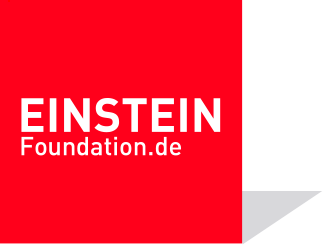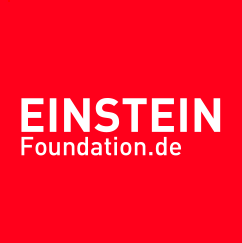»Our lab is a perpetual crime scene«
Verifying the presence of elements is like criminalistics. In the lab, we deal with a crime scene every day. But instead of searching for criminals, our suspects are elements. We develop instruments and methods for trace element analysis. That means that we try to demonstrate the presence of elements in fluid, solid, and gaseous samples.
We use a laser to vaporise very small sample quantities. The result is an aerosol, which we inject into an 8,000 degrees Celsius plasma source to atomise and ionise the vaporised sample. We then apply mass spectrometry to identify the elements and their isotopic composition. Our devices and methods are currently in use in many geological institutes. And they offer high sensitivity levels: we were able to demonstrate the presence of a silver coin hidden in the steel of the Eiffel Tower in a sample of just one milligram.
As analysts, our work overlaps with many other scientific fields. The more basic research we do, the larger the common ground. That makes what we do very exciting. We have developed a portable laser unit, for example, to collect samples from large objects. You carry it around in a small case like James Bond. This laser has opened up completely new applications, for example for museums that cannot send us their exhibit pieces. It lets us study the origin of colour pigments in major exhibits like the Chinese Terracotta Army.
Our Einstein project involves the quantification of nano-particles. The impact of these particles on humans and the environment is a huge topic worldwide. Today, nanoparticles are used virtually everywhere, for example in antibacterial socks, which release hundreds of thousands of silver nanoparticles into waste water with each wash cycle. The doctoral candidate I supervise in Berlin is currently working on a sampling method for fluids. We want to be able to determine both the number of nanoparticles and their size in waste water treatment plants. It is important to investigate trace particles in terms of how they circulate in the environment and the damage they create.
Few would believe the pollution I saw working as an intern at the Buna plants in Schkopau in East Germany in 1986. Back then, no one could swim in the Saale or Elbe rivers. Those conditions and experiences motivated me to go into analysis. I was certain that if I could learn about and improve different procedures that could be used to demonstrate harmful agents, I would be doing something meaningful.
Interview: Mirco Lomoth
This page will not be updated after the end of the fellowship.

